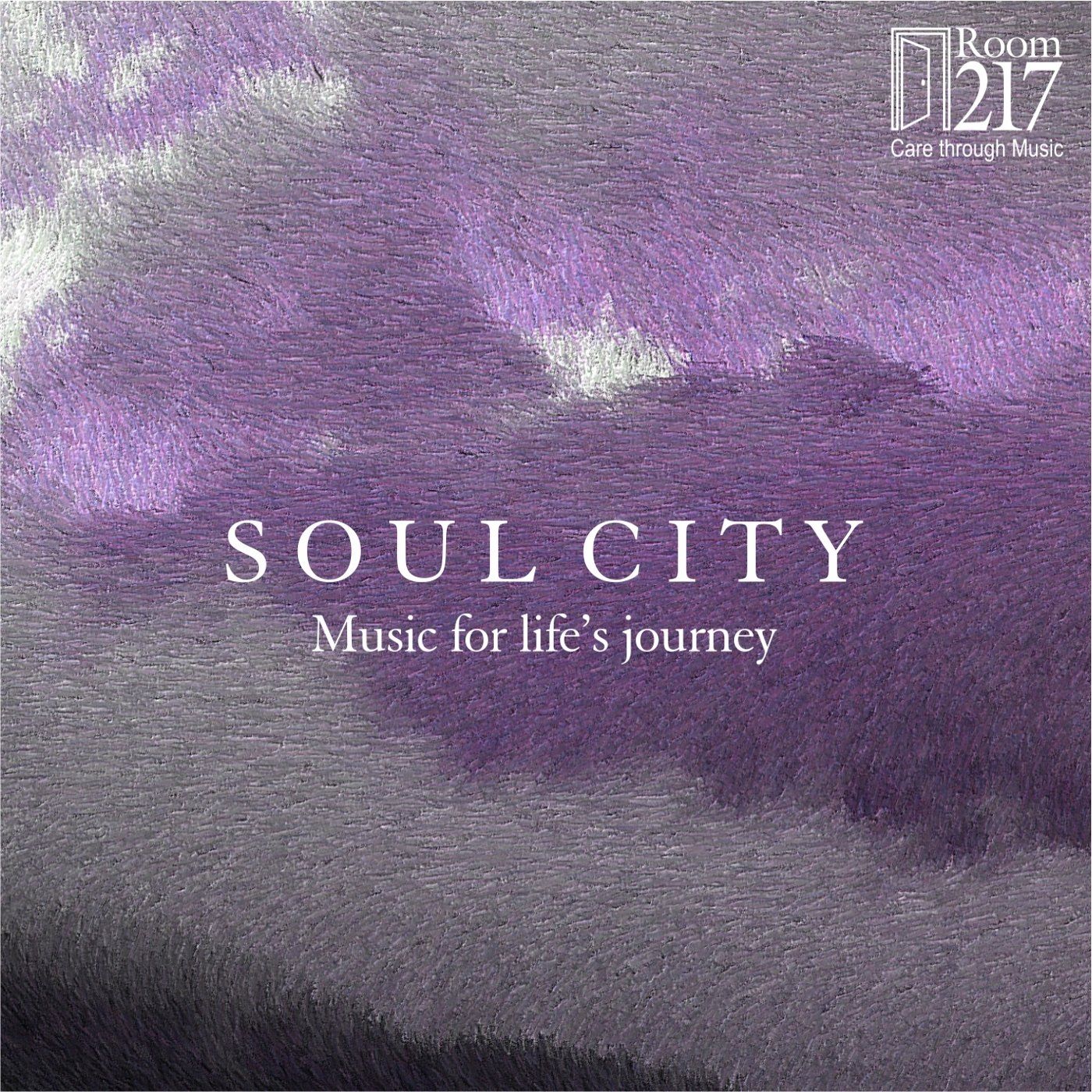Room 217 celebrates its 10th birthday!
A small social enterprise with a big footprint. Ten years into the story, a variety of stakeholders came together to look back, stand back, and be moved by personal stories and a growing network of collaboration. It was the 10 th anniversary celebration at the Room 217 Foundation headquarters in Port Perry on May 30, 2019 .
Over dessert and coffee, at an event emceed by Board Chair Barbara Reynolds, we heard story after story. Rick Firth, CEO of Hospice Palliative Care Ontario and Past President of the Canadian Hospice Palliative Care Association spoke of a decade of very warm relations between 217 and palliative care. Beautiful graphic design work on all products by Paul Huntington has accentuated 217’s appeal over the decade. He referred to the power of R217 music in his own experience of being with his mom as she was dying. Rooom 217 Education and Research Manager Chelsea Mackinnon spoke of the importance of providing evidence-based support by evaluating the effects of music on isolation and loneliness in long-term care settings through the Partners project. In addition, her students at McMaster University have done a total of 2,700 hours of research work in support of the Foundation. Dr. Lee Bartel, a Director of Room 217, just returned from an international health and wellness symposium in Portugal , where he presented the 217 framework for music care. He shared where music care fits into the growing sector of music and health. One of his colleagues suggested that music care is “the missing piece.”
A video of testimonials painted the picture in vivid colours: caregivers spoke of the effects of Room 217 music products, programs and services for them and their loved ones. Professionals in long- term care observed different emotions being touched, people with dementia interacting and coming alive socially while the interactive Pathways program was runnning. Music Care Conference participants related the power of coming together as a diverse community of music care folks and being propelled into new applications of music with special needs clients, school children, etc. A resident in long-term care involved in a music-making session using hand bells spoke energetically of making “my own story” in the bell choir. A recreational therapist marvelled that colleagues of hers who had no confidence in music-making responded to the Room 217 training and as a group created a song, then performed it for the residents and observed how the “words came back” in the songs!
Bev and I, Room 217 co-founders, spoke too. I shared how the resources of Room 217 have given me the tools and the confidence to sing with my mom who has late stage Alzheimers. Bev Foster invited all of us to imagine music care being available in homes, and in patient care plans.
We were honoured to hear the creative genius, sensitive lyrics and seasoned musical talent of Murray McLauchlan, Room 217 board member, who performed the world premiere of a song written for the occasion along with bassist Victor Bateman. Some of the lyrics:
“Without a song, where would I be? …. A song can find the words … bring back the memory that was lost to me … I will find a way to live, to give. I’ll give all my love to you.” ©2019, Murray McLauchlan
Founding chair Patty Bowman spoke a rich and affirming blessing on each stakeholder. It was an evening of taking stock, gratitude and sense of shared vision for what is possible in the future of Room 217’s unique contribution to wellness in the world.
Rob Foster is one of the co-founders of Room 217 Foundation.



Charitable Registration #85728 5092 RR0001 • Room 217 Foundation™
Box 145 Port Perry, ON, L9L 1A2 • 844.985.0217








